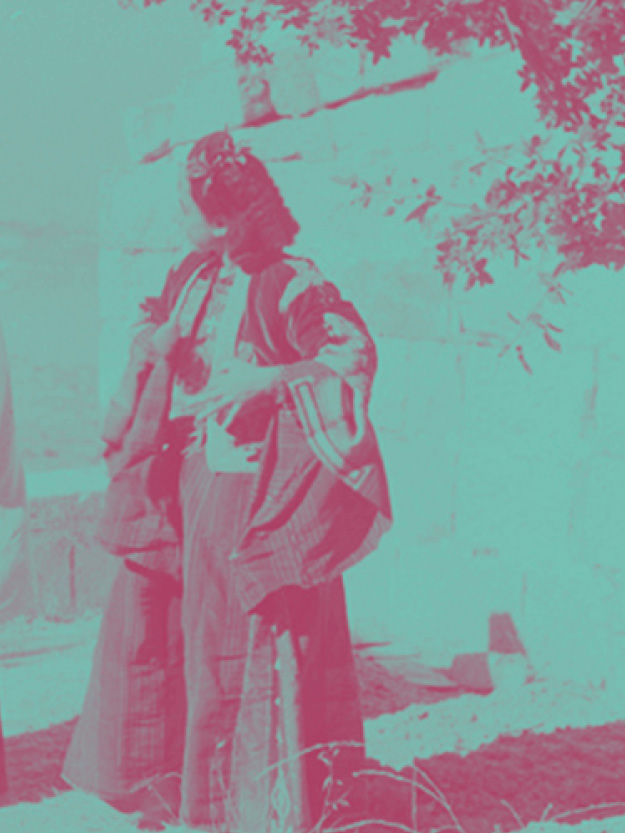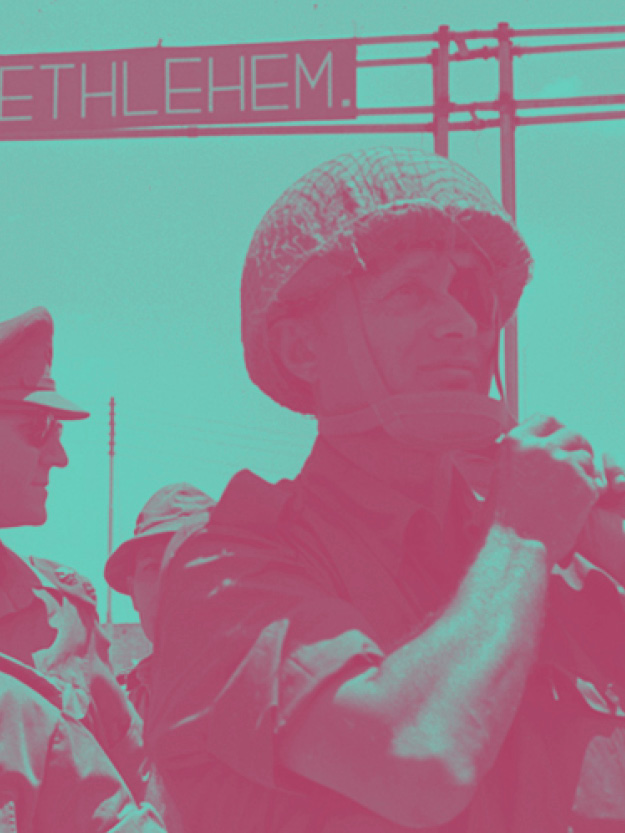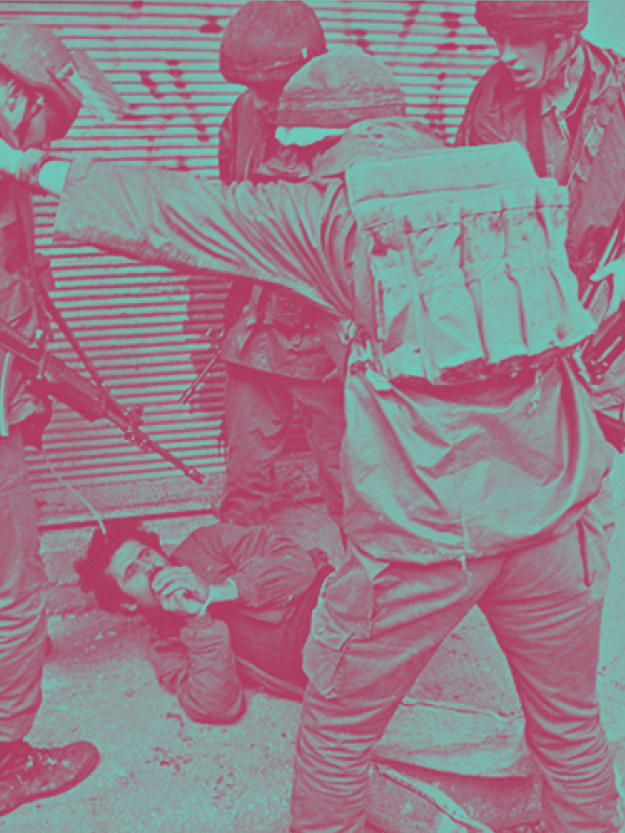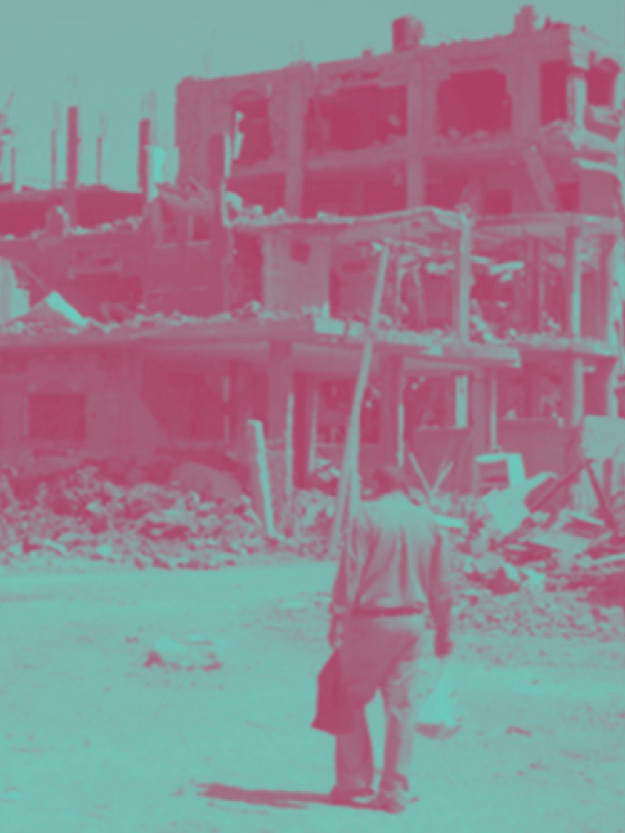Historical Overview
A historical account of the Palestinian rights struggle from the late 19th century to present day

Pre-1948
Indigenous People & Emerging Nationalism
Around the mid-to-late 19th century, a distinct Palestinian identity and political consciousness began to form. This section goes through the development of Palestinian nationalism and the formative impact of Zionism and early Jewish settlement in historic Palestine on the political fate of Palestinians. This section touches on Mandate Palestine, the Balfour Declaration, and Palestinian resistance to colonial rule.
1948-1967
Fragmentation
& Occupation
1967-2000
Resistance
& Representation
In the decades following the 1967 War and the beginning of the occupation, Palestinians waged an armed struggle which they articulated within the context of Third World anti-colonialism. This section goes through the tumultuous journey that the PLO and Palestinian politics took during this period, including the First Intifada which saw Palestinians rise up against the Israeli occupation. This led to the beginning of the so-called “peace process”, as the PLO accepted the reality of the State of Israel and agreed to negotiations amidst rising tensions on the ground. The Oslo process which followed led to a new era in Palestinian politics.
2000 to Today
Peace Process
& Post-Oslo Era
As the Oslo process merely served to further entrench Israeli rule in the occupied territories, the Second Intifada began in response. Far more militarised and violent than the first, this uprising saw the rise of new Palestinian groups such as Hamas. This section looks at the subsequent post-Oslo reality in which Palestinians find themselves: an intense blockade of the Gaza Strip, settlement expansion in the West Bank, and the continuing denial of the right of return for Palestinian refugees.



